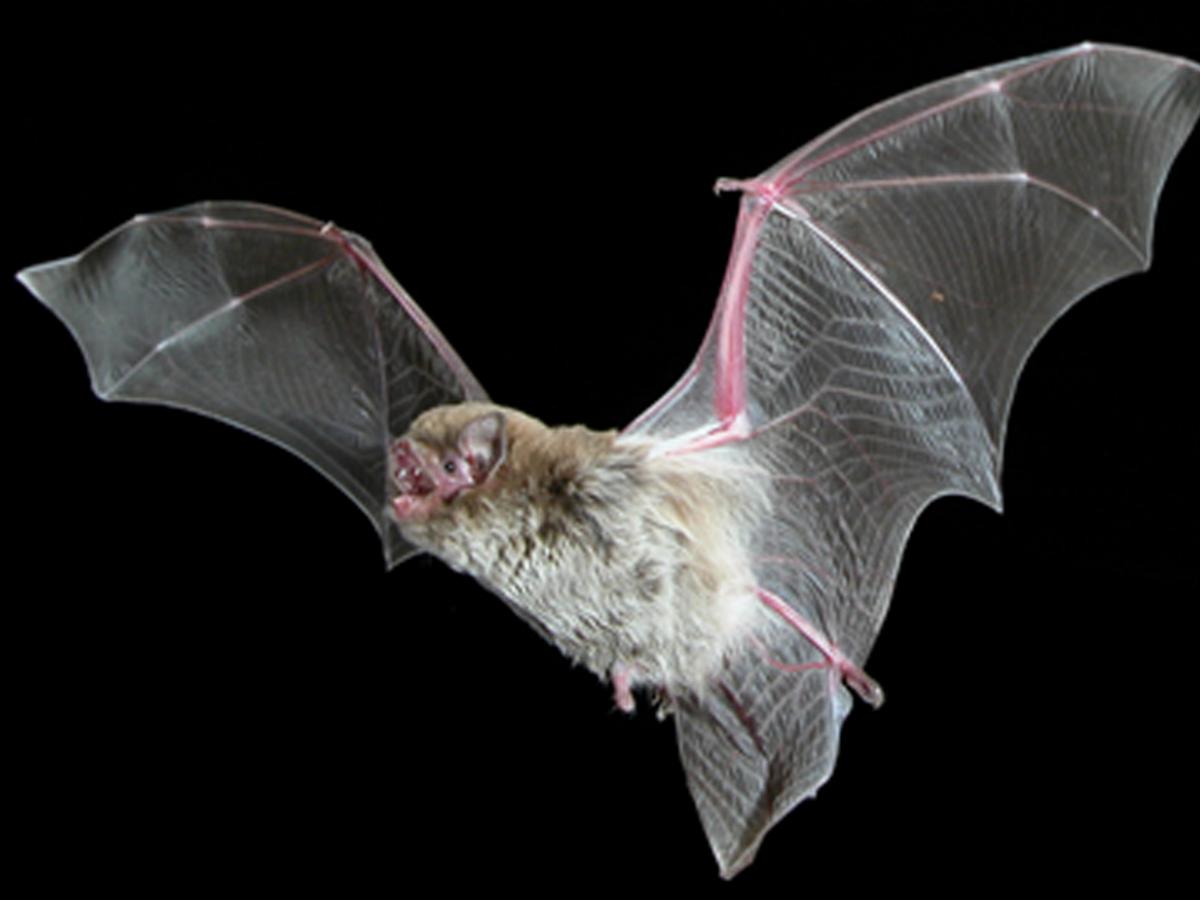How do insectivorous echolocating bats use arid rangeland conservation reserves in SA?

Here is a chance to help with real-world conservation work in South Australia, do fieldwork and learn new analytical skills relevant to a job in ecology.
Bats are a major component of mammal biodiversity in Australia’s arid zones, but there is limited understanding of their ecology. Conditions in arid environments include boom-and-bust cycles because of episodic rainfall events. This pattern is predicted to show greater extremes in the future.
Bush Heritage Australia manage and monitor biodiversity in conservation reserves including Boolcoomatta and Bon Bon. These were formerly sheep grazing stations and have been managed for conservation for more than a decade.
The honours research project will:
- use existing bioacoustic recordings collected with ‘bat detectors’ on both reserves;
- conduct additional fieldwork to obtain further bioacoustics recordings;
- learn bioacoustics analysis that is a core part of modern biodiversity surveys; and
- learn appropriate statistical analysis for bioacoustics surveys.
The project will be co-supervised by SA Arid Rangelands Ecologist, Dr Graeme Finlayson from Bush Heritage, and bat specialist researcher Dr Kyle Armstrong from the University of Adelaide. Both have extensive experience with ecological surveys and research, and have applied conservation practices for successful outcomes. You will join other students in Dr Armstrong’s group working on bats and visit Bush Heritage reserves.

Supervisors
Co-supervisor: Graeme Finlayson - Bush Heritage
Research area: Systematics, biogeography, phylogeography and molecular ecology
Recommended honours enrolment: Honours in Evolution and Palaeobiology
